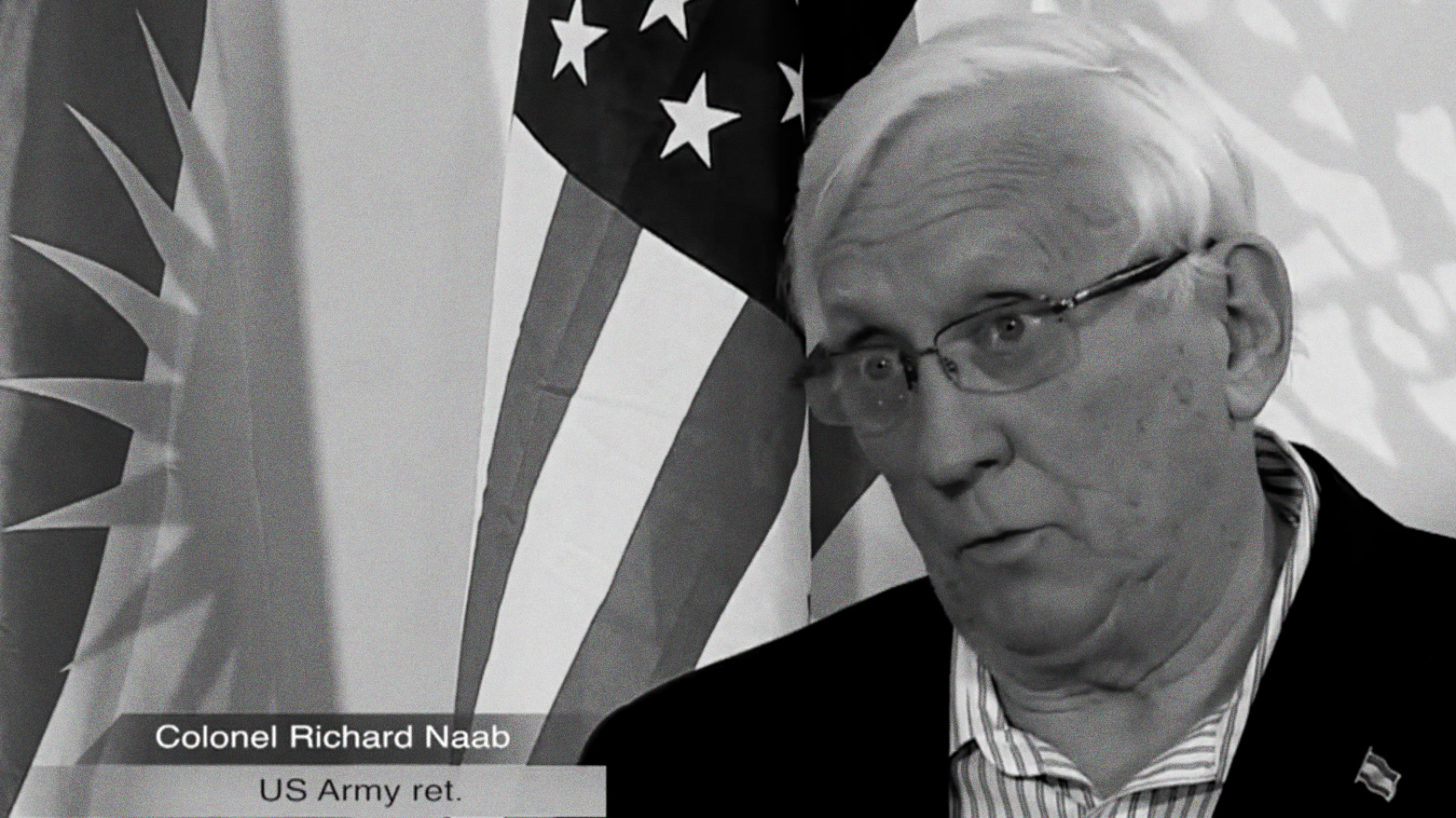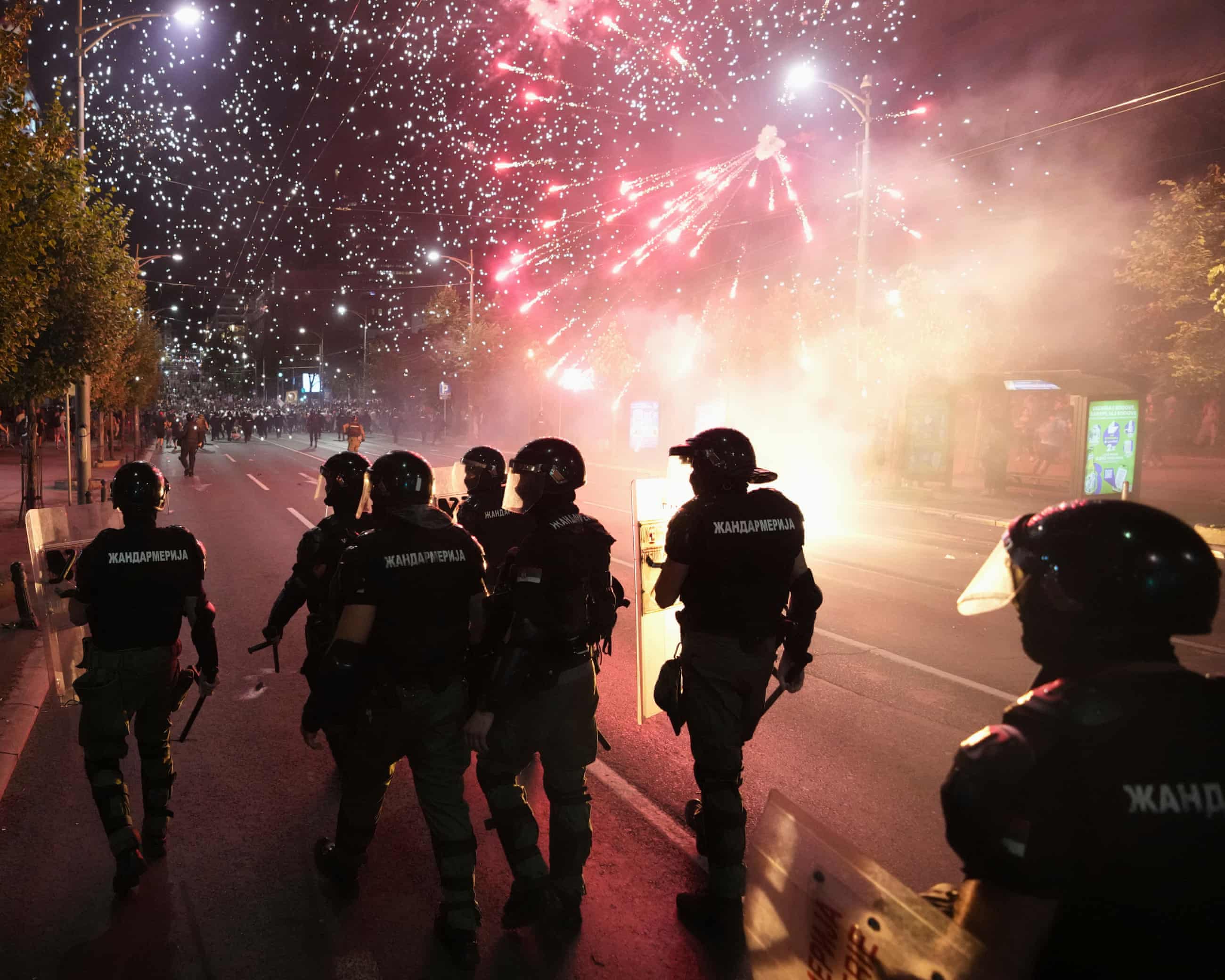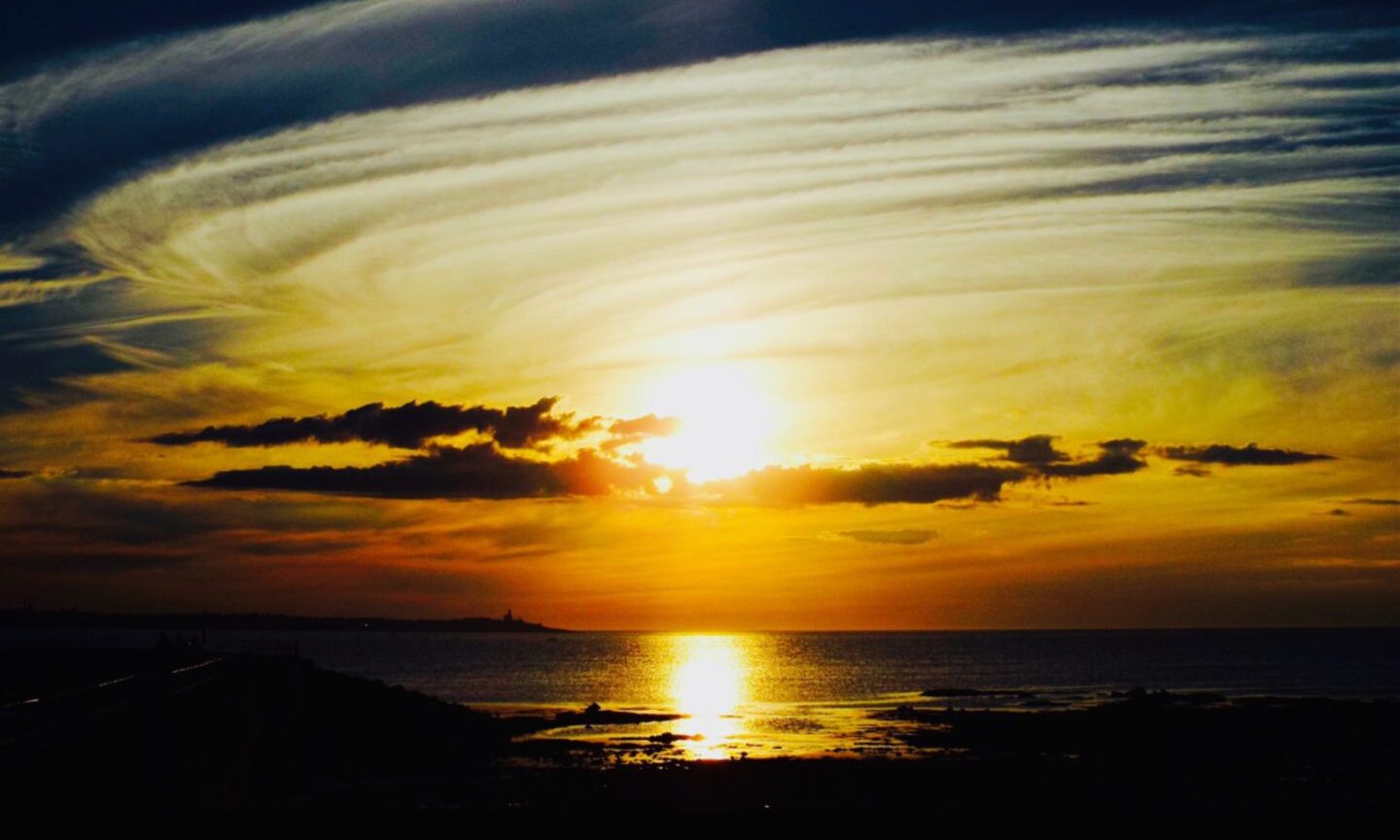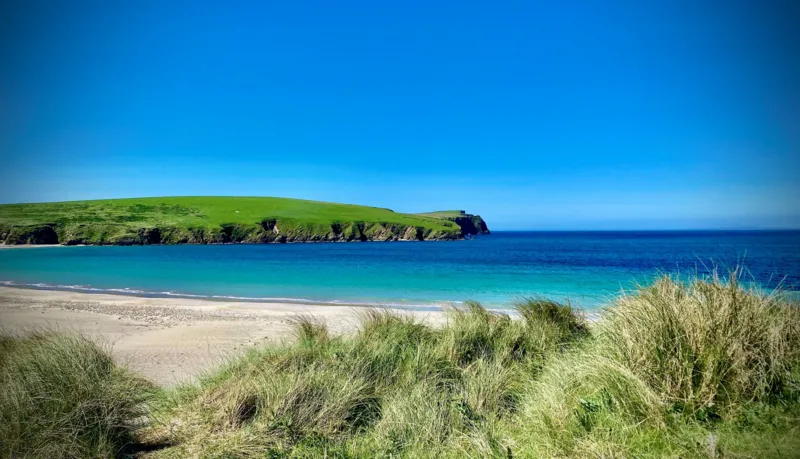Challenging the old order: Generation Z and the One Piece flag
Michael E.J. Phillips
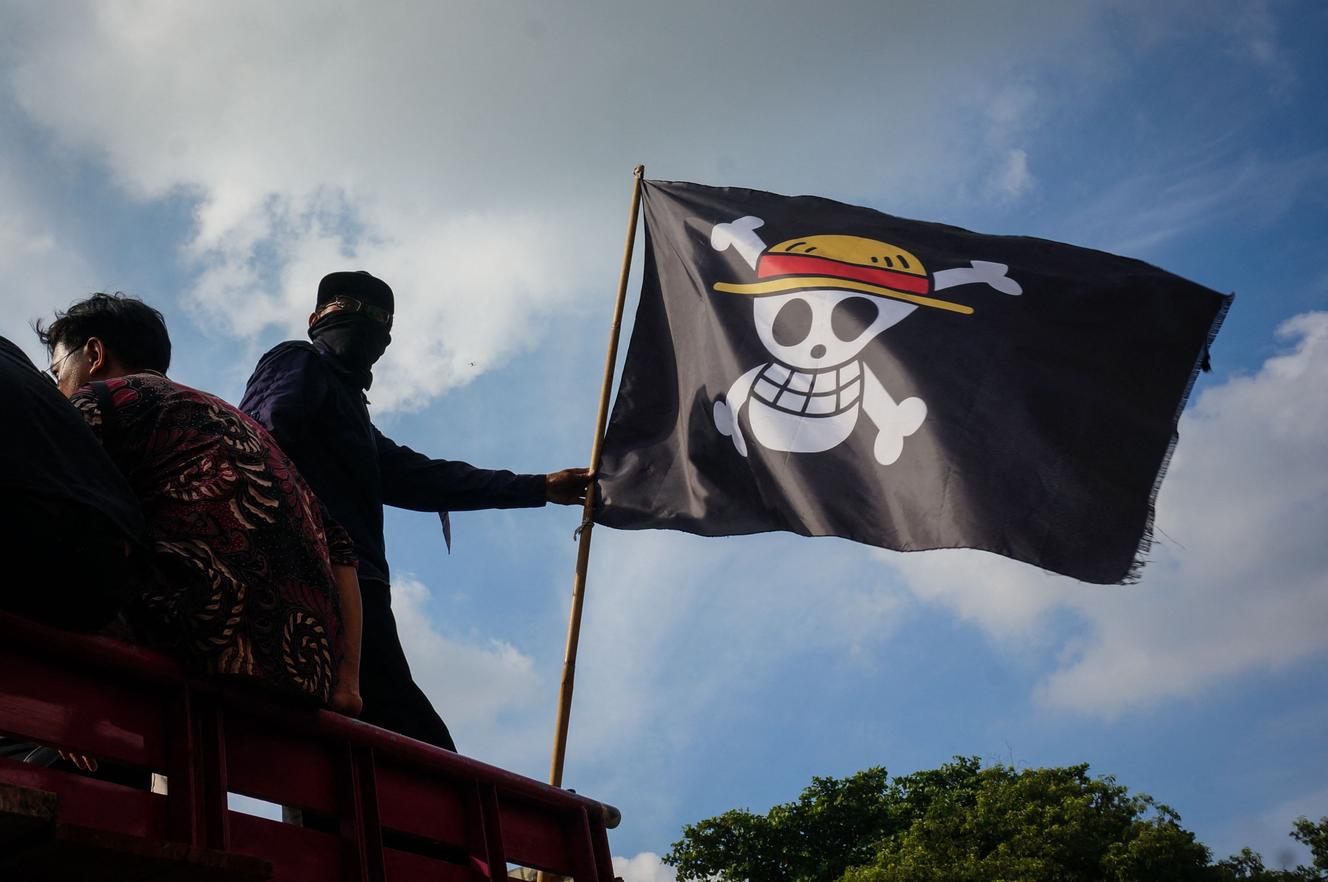
It has become one of the symbols of youth protests around the world.
From Madagascar to Morocco, the Philippines to Peru, Nepal to France, young protesters around the world are now waving a flag, demanding greater social, economic, fiscal and political justice. This flag belongs to the crew of the Going Merry, the ship captained by Luffy, the hero of One Piece, the best-selling manga series in history.
Created by Japanese mangaka Eiichiro Oda and launched in 1997, the series is still ongoing. It follows the formation and adventures of a group of straw-hatted pirates who sail the seven seas in search of a mysterious treasure known as the ‘One Piece’. In every country and on every island they visit, Luffy's crew uses weapons such as solidarity, cunning and superpowers to defend the oppressed against corrupted authorities and confront a world government that relentlessly pursues them.
One Piece is peppered with references to historical piracy in the 17th and 18th centuries. They fly the Jolly Roger, a pirate flag with a black background and two crossed bones topped by a grinning skull wearing a straw hat with a red ribbon. Generation Z, born around the same time as One Piece, has adopted this flag as a symbol of defiance against the authorities.
Using the Jolly Roger as a symbol of resistance brings together a generational cultural reference - the globally successful manga - and a historical reference that has fuelled the imagination for more than three centuries. It is believed that the pirate flag originated in the Caribbean among the 'brothers of the coast' who plundered the Atlantic, the American Pacific coast, and the Indian Ocean.
During an era of empires and large European shipping companies, the black flag became a symbol of rejection of hierarchies and imposed rules. Unlike privateers, who acted on behalf of a political power, pirates attacked all merchant ships, regardless of nationality, and became known as 'enemies of mankind'.
The earliest recorded use of the pirate flag dates back to the end of the 17th century. According to the book L'Enfer de la flibuste (The Hell of Privateering), by Frantz Olivié (Anacharsis, 2016), in 1688 a French buccaneer described in his journal 'a red flag with a skull and crossbones in the middle, with two white bones crossed below the skull'. The colour red signalled 'no quarter', promising death to anyone who resisted. Some historians believe that it was this colour that gave the Jolly Roger its name, derived from the French 'joli rouge' (nice red). However, others propose an alternative etymology: the Jolly Roger refers to the activities of these jolly brigands or rogues. It could also be a reference to the Devil (Old Roger) or a distortion of the name of the Tamil pirate Ali Rajah.
The black flag was considered less threatening than the red flag and signalled that those who surrendered would be shown mercy. In addition to these two colours, pirates used a variety of graphic symbols depicting violence and death, such as hourglasses, pierced hearts, drops of blood, skeletons and sabres. As in One Piece, each captain had their own emblem: Stede Bonnet's flag, which he flew while fighting alongside the famous Blackbeard, simply depicted a skull and crossbones. William Moody's flag, which was used in the Caribbean in 1718, featured a skeleton piercing a heart. Captain Bartholomew Roberts, who captured over a hundred ships and inspired the One Piece character Bartholomew Kuma, displayed an image of a man standing on two skulls with a sword in his hand.
Since the 1960s, writers, historians and anthropologists, often linked to Marxist or libertarian schools of thought, have associated pirates with political radicalism. The bloodthirsty buccaneer was replaced by the political pirate: a social bandit who fought against the tyranny of captains, the violence of empires, and the greed of trading companies.
It is said that cosmopolitan crews experimented with democratic forms of government, such as electing leaders, fairly sharing the spoils, and drawing up contracts that set out rules of solidarity. The British Marxist historian Christopher Hill saw these practices as a continuation of 17th century English dissent. According to Marcus Rediker and David Graeber, who were involved in the Occupy Wall Street movement, pirates were the precursors of the Enlightenment, spreading revolutionary ideas long before the term even existed.
This view is based in particular on the A General History of the Pyrates, (Charles Rivington, 1724) under the pseudonym Captain Charles Johnson. He is believed by some to have been Daniel Defoe. In the book, Johnson imagines a democratic pirate republic called Libertalia, which was founded in Madagascar and was based on equality, common property, and the abolition of nations. However, this utopia is purely fictional: pirates participated in the slave trade, maintained their own hierarchies, and brutalised their victims. Libertalia nevertheless gave rise to a political myth and became a reference point for libertarian and rebellious movements. The idea of political radicalism lies behind the black flag and its customs, appealing to anarchist militant groups and defenders of fundamental rights and freedoms in the face of the growing influence of states and large corporations.
The Jolly Roger still flies far beyond the seas, adorning hackers' T-shirts and appearing in football stadiums and libertarian forums. It has become a symbol of global dissent - a universal symbol, well known like Luffy, that can be recycled indefinitely. From Caribbean pirates to computer hackers, the same gesture persists, challenging the established order. The fact that the Jolly Roger now sports a straw hat and a broad smile does not diminish its subversive power.




